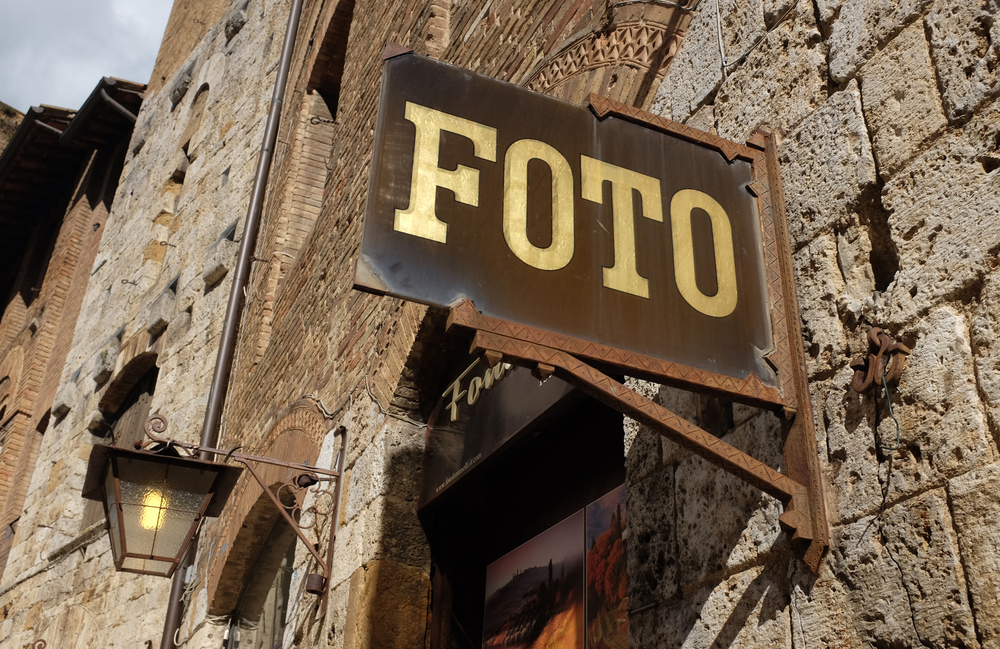
”Waiter, a table for one please.”
”Of course, Sir, would you like to see the menu?”
”That won’t be necessary. I know just what I’m having. I’d like a plate of my words, please – and a nice Chianti.”
Back in January I wrote of the difficulties I was having warming to the Fuji X100S. It was my second bite at the cherry, having previously failed to bond with the original X100. As I get older I have reconciled myself to the fact that not every camera—no matter how fine—works for me, personally. I am generally not bothered by it, but there was something about the siren call of the X100 and its successors that kept nagging at me like a softly dripping tap in the middle of the night.
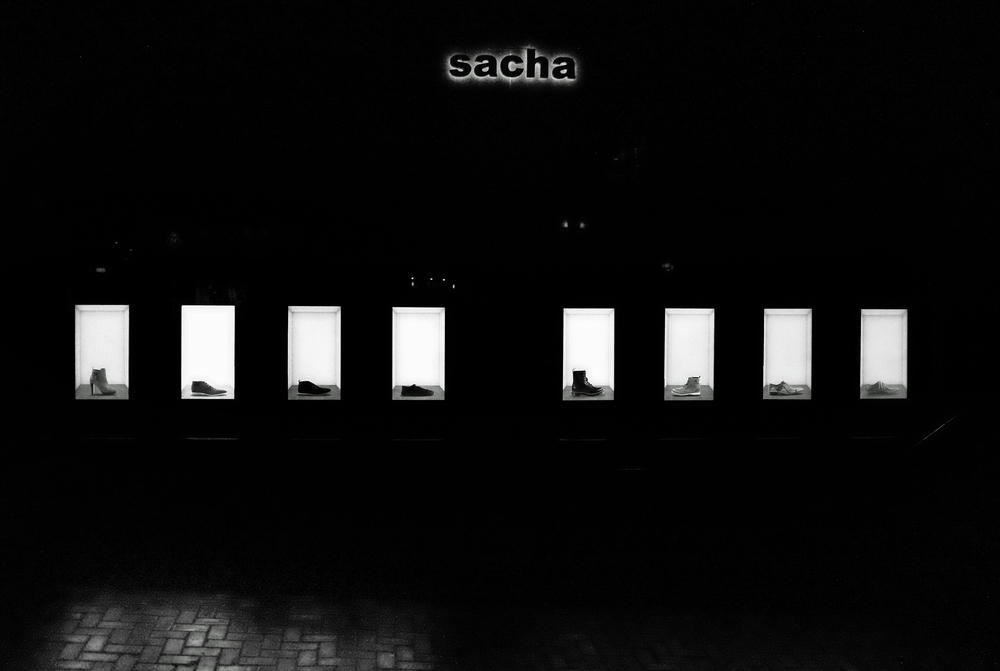
After getting rid of the X100S and the TCL-X100 referred to in the earlier article I settled back happily with my trusty Ricoh GR. Now, I won’t hear a word said against the GR; of course it is getting a little long in the tooth, but it is still a fine, high-quality, go-anywhere camera that has become my “28mm lens” of choice even when using one of my Fuji X Series bodies. It really is that good.
But this article is about the X100T. I knew there were changes and improvements over the X100S, of course. I had read all about it when they it came out, but nothing had leaped out at me at that point to make me change my mind. Then back in September I hosted one of the 500px and Fujifilm Global Photowalks. It ended not far from the door of London Camera Exchange in Guildford where I found myself fondling the X100T. “Bigger grip…” I thought, “better knurling, bigger rear screen, far better rear controls.”
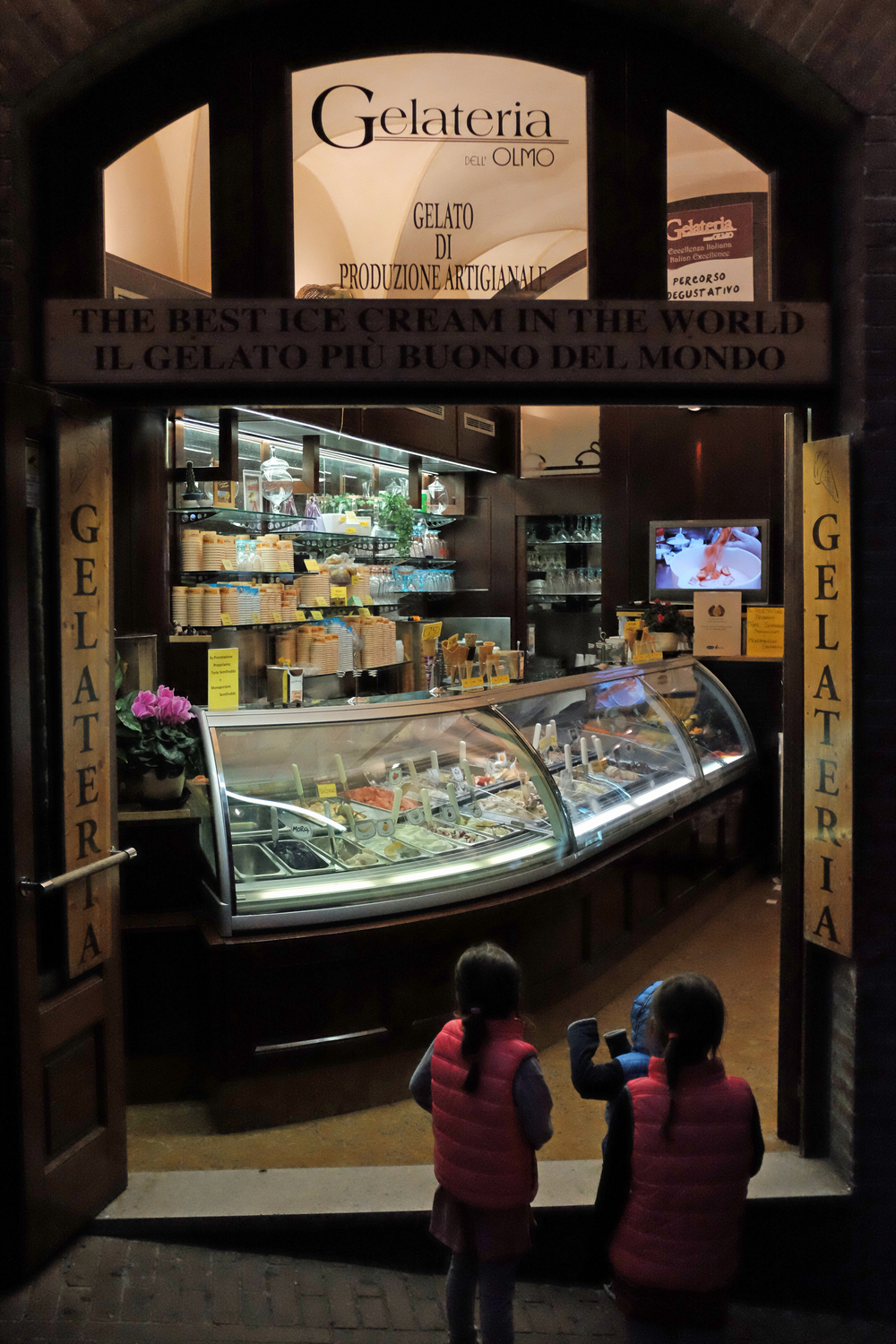
That viewfinder
Then, I looked through the viewfinder. Now, everyone knows I am a big fan of optical viewfinders—put simply, I like to see what I am shooting, not just watch it on a tiny telly screen. It’s why I always loved using my proper Leica Ms—clean and clear. The 100 and 100S always scored highly with me on that point of course, and if truth be told it was probably the primary reason for my moth-to-a-lightbulb behaviour.
But this was different. That little rectangle in the bottom right hand corner took me by surprise. I had read of it of course but had not appreciated just what a difference it makes. Fuji refer to it in their literature as the Electronic Rangefinder, or “ERF” and it is the first (and until the X-Pro2, only?) effective hybrid viewfinder, bridging the gap between optical and digital in a way that offers the photographer the best of both worlds.
It makes a huge difference in any type of shooting, but particularly in manual focus mode, when the enlarged focus area is displayed clearly. The ERF strikes the perfect balance between a clear and uncluttered viewfinder orientated towards composition and the provision of just enough information to enable the photographer to understand what’s going on while shooting and balance exposure and focus to get a higher ratio of first-time keepers.
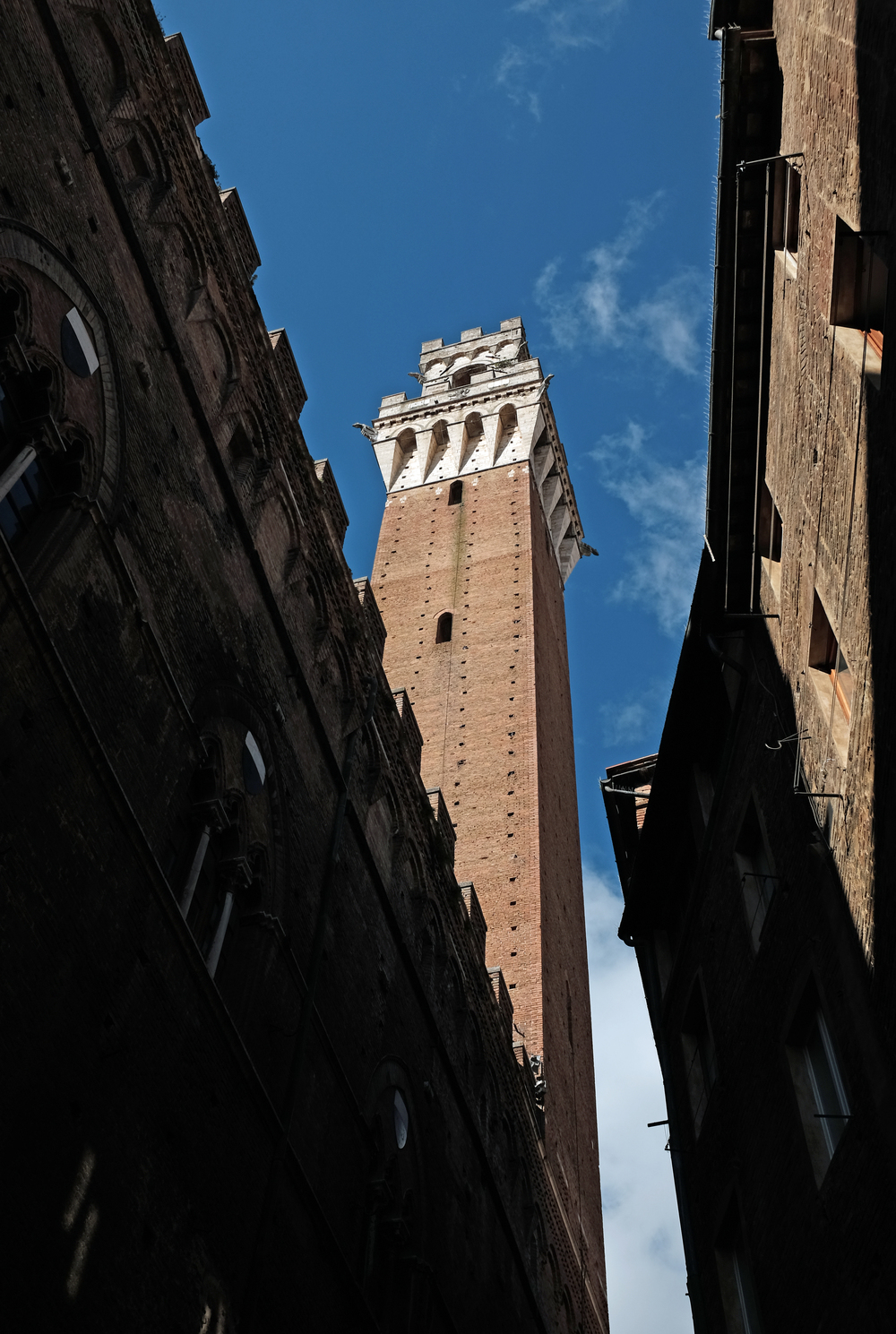
Game changer
The term “game changer” is bandied about lightly these days, applied as it is to the latest portable telephone or boy-band, but in the case of the hybrid viewfinder on the X100T it is no hyperbole.
I handed the camera back with reluctance. My “toy fund” has been swelling of late as I have hit eBay in anticipation of the 35mm f/2, the 100-400mm “superzoom” and of course the X-Pro2, but the X100T was not on my personal Fuji “roadmap”.
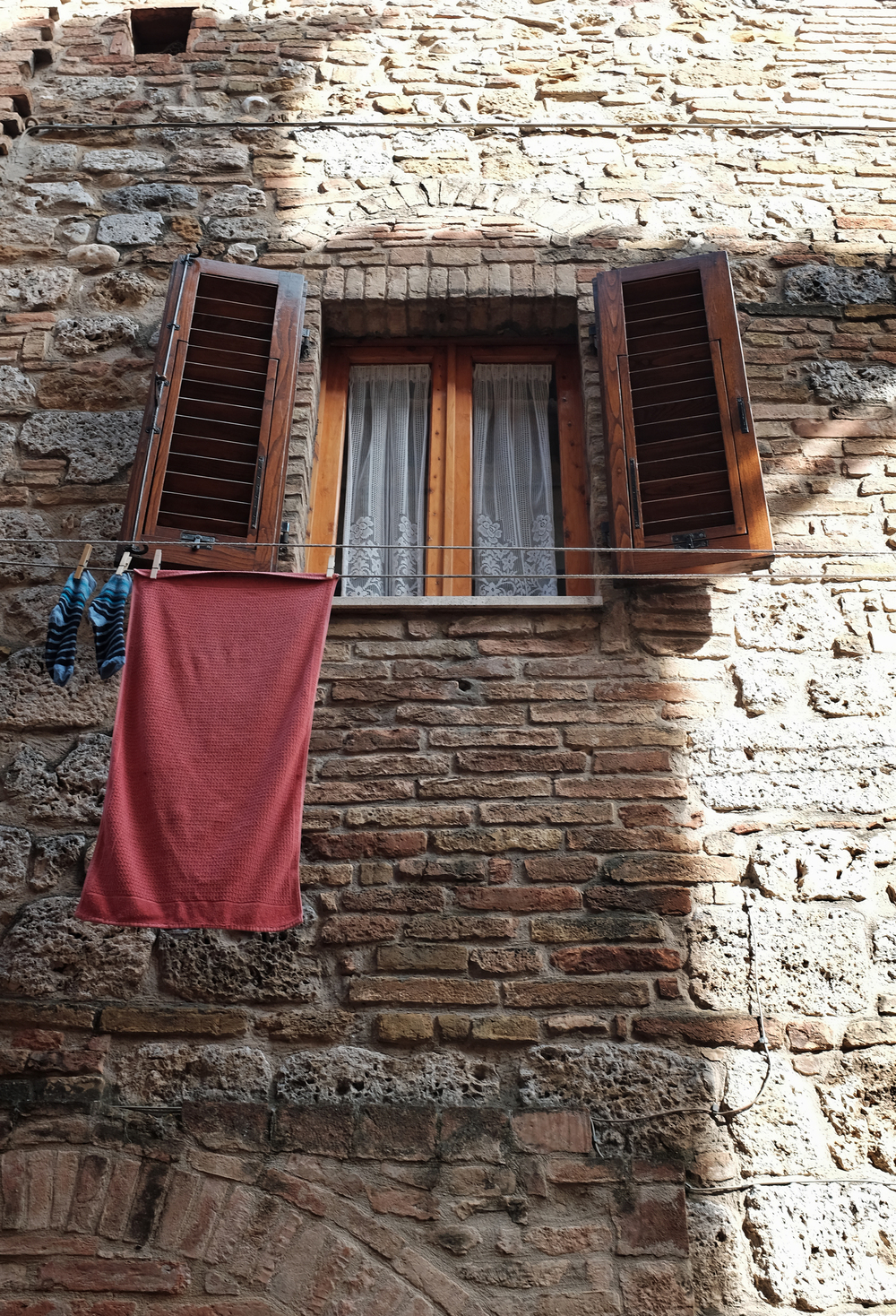
“Resistance is futile”. Sigh!
A scant three weeks later, having read and reread every review and shopped around for best prices, I walked out of a shop having negotiated a really good deal on a brand new black X100T. I rushed it home. I didn’t even need to charge the battery since it shares one with my Ricoh GXR (of which more in the future…). I spent moments setting everything up to my personal tastes—one of the seldom-mentioned benefits of Fuji’s consistent approach to User Interface design and menu structure is that each body in the range feels consistent straight out of the box. In theory there should be very little acclimatisation required.
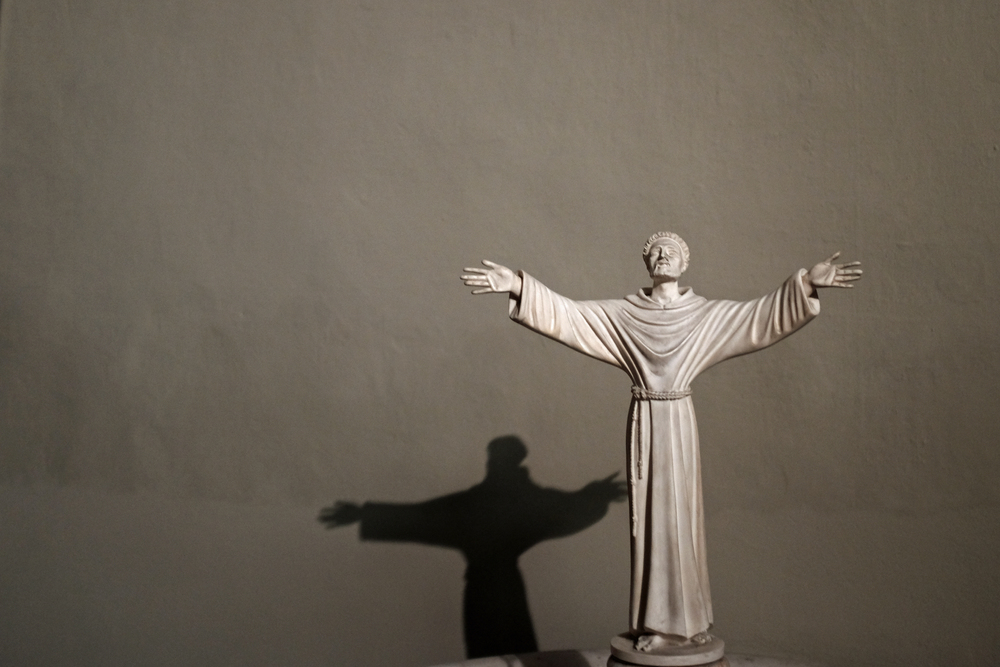
Keeping it simple
This time I’m adopting the KIS principle, keeping it simple. No add-on grip for a start; the improved body shape renders it largely unnecessary, thereby immediately keeping the bulk down—one of my previous issues. I still had the Lensmate thumb-rest from my ill-fated foray with the X100S; it’s not a perfect fit—due to the slight changes in the back controls it comes very close to the thumbwheel—but it’s entirely usable and, like every other camera I have with an add-on thumb-rest it improves the handling and makes carrying the camera one-handed “at the ready” for long periods of time much more comfortable.
The only other add-on (apart from the mandatory extra battery (or two) and a Gordy wrist strap I had lying about, is a “JJC LH-JX10011 AP50309”, or “lens hood” to its friends. These things breed on Amazon and eBay so are easy enough to find, if not to say. It’s a well-made two-piece hood that screws to the front of the lens once you remove the ring. It has two big advantages over the Fuji cut-out version; not only is it considerably smaller, making it easier to pack, it is also the same diameter as the lens itself, meaning that the original push-on lens cap still fits. Once mounted it adds about three-quarters an inch to the overall length of the lens which aids handling without compromising the camera’s pocketability (I lie of course about that—one doesn’t buy an X100 to slip in one’s suit pocket unless one’s tailor is Messrs. Barbour).
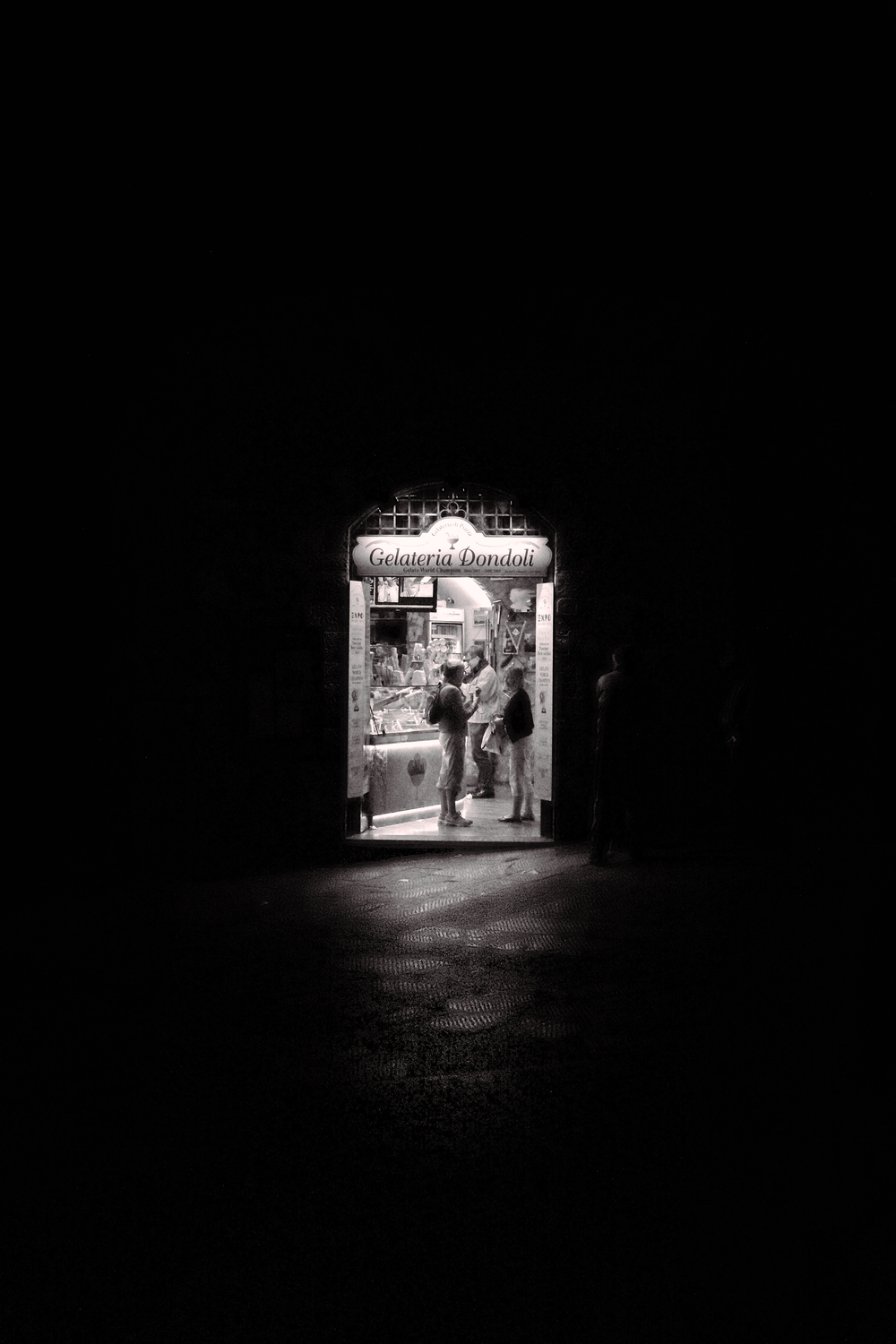
Sorted
Still, I’m sorted. If you look on the internet you will find whole serverfuls of write ups in praise of this camera. If it wasn’t a truly shameful pun I might even suggest that it was a candidate for canonisation. Better photographers than me have posted their views and images; I don’t intend to replicate their reviews, so instead here’s my very personal take.
I dropped the X100T into a corner of my overnight bag for a quick trip to Amsterdam then I took it with me for a week in Tuscany. At least there I was confident that I would find plenty to point it at, and I was not disappointed. My bag also contained my trusty X-Pro and a brace of lenses and, tucked in a dark corner, my GR—just in case, you understand. I found myself using it for “travel photography”, general mooching about somewhere unfamiliar with a camera, in other words. In that role it acquitted itself well, as long as I didn’t try to exceed the focal length capabilities of that 23mm lens.
So, my verdict? I’ll be honest, I find it easier to use, but I still find it a hard camera to love. I like it, more than the 100 or the 100S, but it’s a slow burn. I have it set up pretty much the same as my other Fujis but for some reason I am still a bit slower navigating around the Q menu, and struggling to get my horizons straight. Both those aspects will improve with familiarity, of course; it’s still early days yet.
On the plus side the combination of thumb-rest and bigger finger bump makes this the most comfortable X100 I’ve used so far. In handling terms, for me at least, it is streets ahead of its predecessors, which just goes to show how a small evolutionary tweak here and there should really not be underestimated. Just ask Darwin.
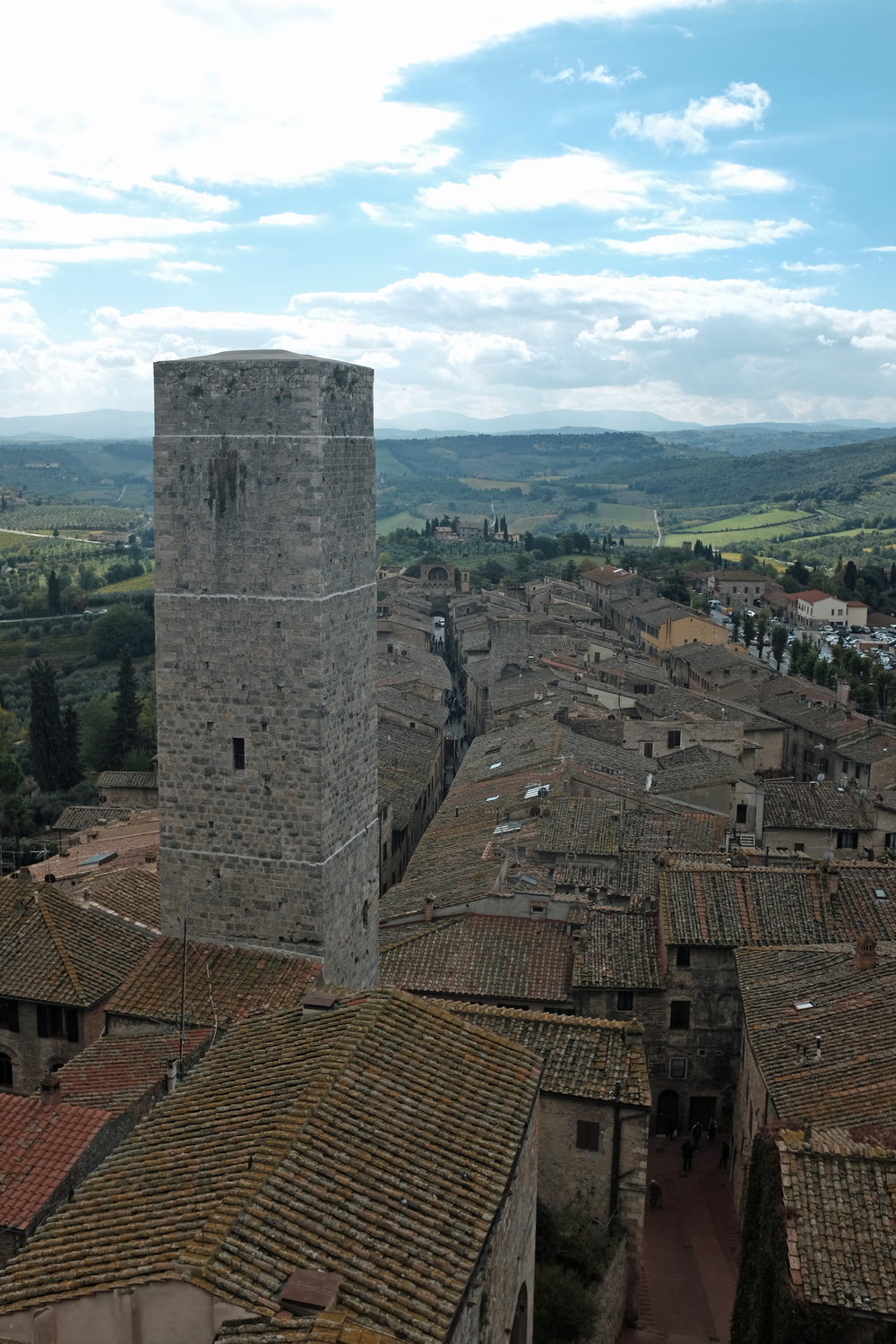
Biggest draw
The biggest draw for me, as I have already mentioned, is that hybrid viewfinder which is just so useful, along with being a technological tour de force. It suits how I view the world. Since I acquired the camera I’ve found myself using it quite a lot for low light work, something for which the optical viewfinder is ideal. The image results are superb, of course, or as superb as the photographer is capable of. The performance of that 23mm Fujinon lens and the 16mp sensor in combination has been honed to perfection by the chaps at Fuji but it’s hard to see how they can continue to use the same glass in front of the mooted 24mp sensor that will come in next year with the X-Pro2.
Speaking of the X-Pro2, there are whiffs of the test bed about the X100T : The viewfinder, as already mentioned, and the improved handling. I suspect the long awaited replacement for the X-Pro1 will also have other useful tweaks, including weatherproofing and…
But that’s for another day. Back to the X100T sitting on the desk at my elbow. I cannot help but feel that it runs the risk of being a bit of a Cinderella camera. Because it is just the wrong side of easily pocketable it loses out to the GR when I am stepping out of the door without a bag or briefcase in hand. Equally, due to the fixed focal length it does not give the flexibility or capability of a body and a couple of lenses (yes, yes, I know about the auxiliary lenses but, with apologies to Samuel Johnson, it is not that it isn’t done well; but you are surprised to find it done at all).
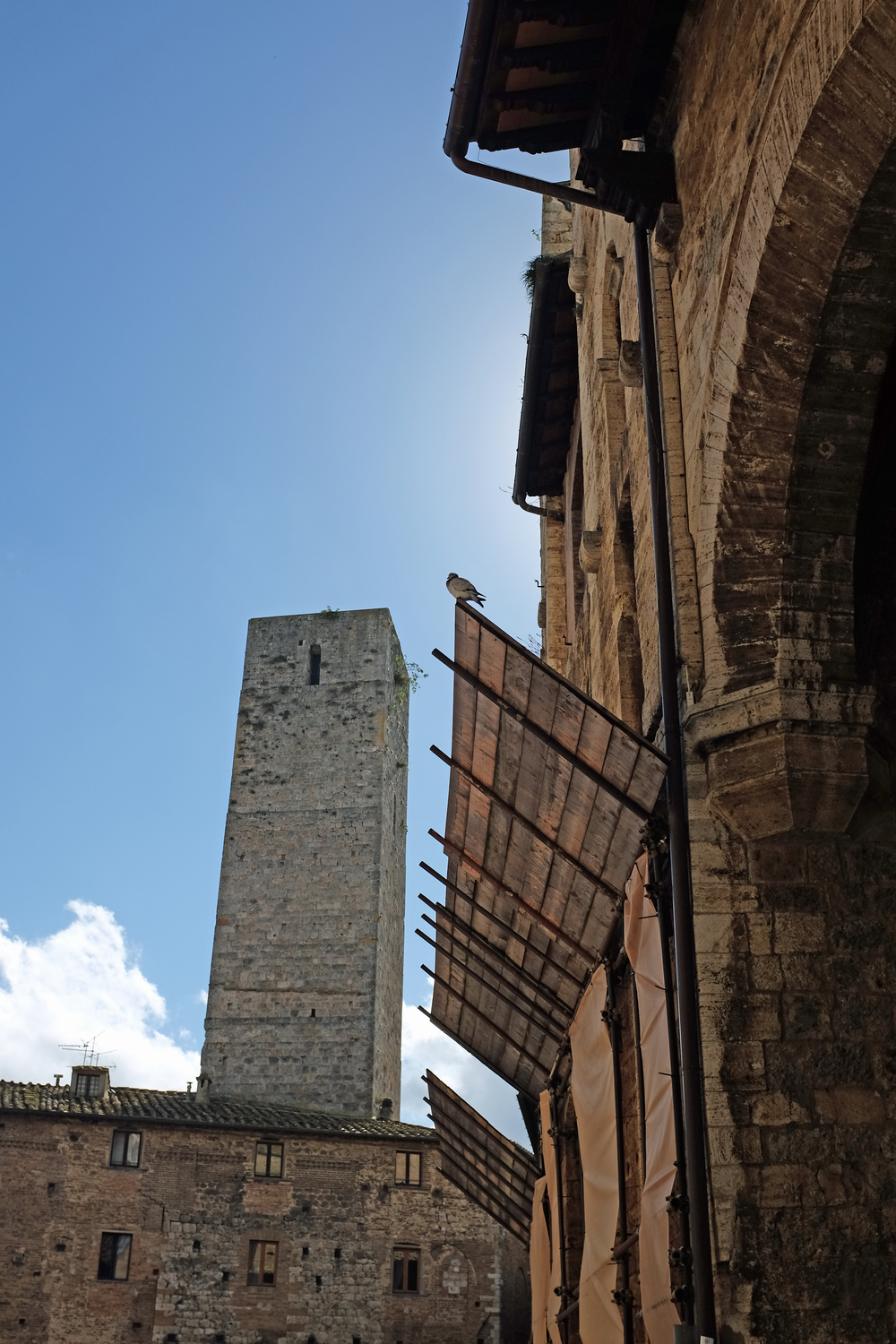
Svelte
Where the X100t does score, and score handsomely, is as a svelte, small, silent street shooter, ideal for urban use when travelling near or far. That 23mm lens is perfect for the purpose, to the extent that in the same way that the Ricoh GR has replaced the Fujinon 18mm as my “28mm” lens, I can see the X100T doing the same with my big, beautiful but oh-so-heavy 23mm 1.4.
So am I keeping it? For the foreseeable future, yes. I have been disappointed and downright frustrated in the past with the previous iterations, but the current X100T is like a blade that has been honed close to perfection. What it does, it does superlatively well, and if you are asking it to do something for which it is not suited then you only have yourself to blame if the results are not to your taste.
”Did you enjoy those words, Sir?”
”Yes, waiter—more than I expected to.”
You can also find Bill Palmer at Rangefound and Lightmancer


A bit late to the party, but amused nevertheless by your relationship with the X100 and it’s siblings.
I still use the X100 and everytime I pick it up, which is often, I renew my tumultuous relationship with the very fine instrument that is almost good in every respect. My other camera is the Ricoh GR. My kit bag for travel frequently contains both.
My get-serious kit is a Nikon Df with many lens options. It takes superb images, but the joy-gong goes off when I pick up the X100. The optical VF and small size seems to keep me more intimately connected to the subject than the LCD or larger Df with big lens. This is an emotional thing, so who knows where exactly lies the truth. OTOH, the X100 is the only camera that I’ve ever owned that I’ve wanted to sling into the drink – like an ill tempered golfer with their bad-shot club selection, when pressing every button and searching every menu choice won’t get the result I want and know I had just before I got on that 13 hour flight to Beijing.
Jet lag has an interesting way of revealing the non-intuitive aspects of just about anything and especially a camera.
So I’m off on another trip soon. My plan was to take the Df because there are going to be places that I’ve never seen before. However this is a social trip, one with friends and family, and in all likelihood it will again be the X100/GR pair. I just finished refreshing the operation of the X100, and was making another net pass – thinking about a X100T instead. I found your blog (for the first time).
Great reading and fun reflections. Not sure where all this is going, but thanks.
Roger
I agree on your review and vision. The Fuji x100t is a great camera expecially considering the portability and the quality of the file!
That’s the thing, Alessandro. All cameras are compromises but the X100T is less of a compromise in key areas than the competition.
Very nicely written sir!
I can sympathise, as I’ve been on a ridiculous 2 year journey exploring Fuji and Leicas’ various wares. X100S, X-Pro1, X-T1, M8, X1, Q, etc.
2 years later and I’m happily using the X100T, having scratched my Leica itch. It’s probably all the camera I need – until that X-Pro2 finally appears….
Itches have a habit of coming back, Treve. Watch your back! Now what can I try next? Just to make absolutely sure, of course……
A X-E3 rangefinder style body with a X-T1 EVF and ISO dial would suit me nicely.
Thank you Treve! As Mike knows, after Pentax, Ricoh (film SLR), Contax, Nikon, Olympus and of course Leica M, R and LTM I think I have finally found a system that "makes sense" to me by providing quality optics with complete interoperability between rangefinder and SLR-style UIs. My personal roadmap includes the 35 f2 and the X-Pro2, but also the 100-400 "superzoom"; I shoot a real mixture these days that ranges between sports (Le Mans, Goodwood, cricket, rugby) street (all too infrequently) and what I would loosely term "travel" which as a label covers a multitude of applications from street to architecture, action to portraiture and everything in between – just somewhere unfamiliar. Fuji makes something that meets my needs in every department, and I can mix and match – what’s not to like?
A lot of what you write rings true for me. I took a leap of faith with the original X100. Having shot Leica film M’s for years, I yearned for a RF viewing experience. The X100 just had too many short comings. Eventually it became a shelf queen. I rented the X100s when it came out. It didn’t fix the problems.
In the meantime I also picked up the Ricoh GR, which I still have. For a 28mm FOV it’s killer. Ricoh put a lot of thought into the camera, as if actual photographers designed it. But the lack or an optical VF still is a downer for me. The camera just isn’t "fun" to use, plus the lens is too wide for my taste.
After reading many reviews on the X100T I decided to give it a go, renting one for 10 days. Once I got the camera configured to my liking it was a whole new ballgame. I still had my original X100 and compared them head-to-head. Image quality wise I didn’t see a real difference, other than the available "classic chrome" mode and the T being better at higher ISOs. Some say the older X100 is more filmic, but I didn’t see it.
Before the X100T I finally broke down and got a Leica M-E. It’s a great camera and a joy to use. Today I find myself using both the Leica and the Fuji. Each fills a niche depending on what I want out of the experience that day. Because the Fuji is so small and light it’s become my everyday carry camera.
Jim, you sound like we were separated at birth… ;0) I fully agree with you about the lack of VF on the GR; if it had one, like it’s old film predecessors, it would be nearly perfect. I say nearly because the 28mm fov is still a bit wide for me for general use. Mine is set to default to the "digital zoom" 47mm setting. Sure, the files are smaller but it’s still capable of turning out great results, especially in HiBW mode. The X100T is a different beast – each has it’s strengths and neither is leaving my pocket anytime soon…
I have the X100T, and, as someone who started out with rangefinder film cameras, I feel familiar with it and like it a lot.
There is just one small blot on my horizon, and that’s a Fuji one!
A little while ago, I bought a Fuji X30 and that, with Lensmate thumbrest, is one fine camera. Of course, it’s a lower spec than the X100T, but, even so, it’s a superb instrument; first rate for macro, a nice adjustable lens, and menus/settings much the same as the X100T. It also fits nicely in my Barbour pocket. Shooting RAW produces excellent results, and, under many conditions, it has faster focus than the other.
When I select a camera to take out with me, it’s often a hard choice to make.
Suffolker, like you (and Jim) I used rangefinder Leicas for many years and I find the form factor most comfortable in use. Confession time – my very first Fuji X was an X10 and it set me on the slippery path to X-dom. Today I still have an X20 (I like my OVFs) and I agree with you, it’s sometimes hard to choose which to carry. The X100 thumbrest fits an X20 as if made for it, and makes it handle really well. We are fortunate to have such choices!